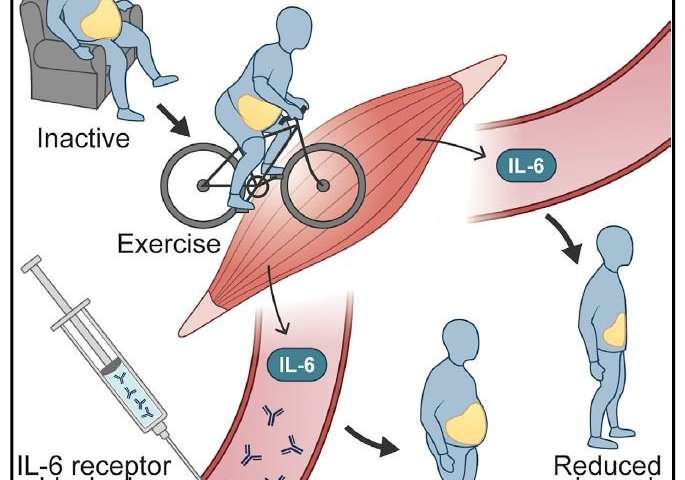If city planners want more people to visit community greenspaces, they should focus on “putting humans in the equation,” according to a new study from University of Arizona researchers.
The main finding, lead researcher Adriana Zuniga-Teran says, is simple: the easier and safer it is to get to a park, the more likely people are to visit the park frequently.
The paper is available online and set for publication in October in Landscape and Urban Planning.
Zuniga-Teran, assistant research scientist at the College of Architecture, Planning and Landscape Architecture and the Udall Center for Studies in Public Policy, studies greenspace in cities. She says walkability — or how easy and safe it is for someone to walk from home to a greenspace — is a deciding factor in how often people visit parks.
Tucson was an ideal location for the study because it is “almost surrounded by protected land” and features hundreds of parks scattered throughout the city, she said. Researchers gathered data from people in parks as well as from people in their homes, which Zuniga-Teran says is significant, as most similar previous efforts she could find focused exclusively on one group or the other.
Find your dream job in the space industry. Check our Space Job Board »
Results From Residents
The data from those surveyed in their homes show that several factors that play into a neighborhood’s walkability can significantly increase how often people visit greenspaces. For example, higher levels of perceived traffic safety and surveillance — or how well people inside nearby buildings can see pedestrians outside — corresponded with more frequent visits.
The research also suggests that people who travel to greenspaces by walking or biking are three-and-a-half times more likely to visit daily than those who get there by other means. Residents who have to drive are more likely to go only monthly.
Proximity to a park, though, played no significant role in how often people visited a park, Zuniga-Teran said.
“This was surprising because oftentimes we assume that people living close to a park are more likely to visit the park and benefit from this use.”
Different levels of walkability may explain this result.
“Let’s say you live in front of a huge park, but there’s this huge freeway in the middle,” Zuniga-Teran explained. “You’re very close, but just crossing the major street, you might need to take the car and spend a long time in that intersection.”
In situations like that, she said, a person probably won’t visit that park frequently despite living close to it.
Results From Greenspace Users
The team of researchers, all from the UA, gathered data from more than 100 people visiting Rillito River Park and found only one walkability factor was significantly linked to more frequent visits: traffic safety. Those in the park who indicated their neighborhoods have fewer traffic-related safety concerns were one-and-a-half times more likely to visit greenspaces daily than those who reported concerns about traffic-related safety.
Unlike the people surveyed in their homes, those surveyed at greenspaces indicated that proximity is a major factor in how often they visit, with those who live close to greenspaces being six times more likely to go daily.
Moving Forward
It’s important to gather and use this kind of information for the sake of human and environmental health, Zuniga-Teran says. Greenspaces clean the air and water, which benefits every resident of a community, she said. And when people use parks, that greenspace is more likely to be preserved.
It’s up to community planners to use the research to shape policy, so that neighborhoods are developed in ways that connect residents more easily and safely with public greenspaces. For example, she said, the continuing emergence of gated communities can interrupt the flow to greenspaces. Cul-de-sac-heavy neighborhoods can do the same thing. Developers of those types of neighborhoods, Zuniga-Teran suggested, could work with city planners to “open a door to the park” by creating pathways that enhance connectivity.
Developers also could use the findings as a springboard into looking into whether their perceptions of walkability match those of the residents living in their communities, she says.
“We might think we are designing walkable neighborhoods,” Zuniga-Teran says, “but people might not feel like that.”
The next step, she hopes, is that researchers will take a deeper dive into what amenities or design features can draw new people into parks. Those could range from additional lighting and separate bike lanes to more accessibility for people with disabilities. Her team is continuing the effort with more detailed surveys in Tucson this summer.
Philip Stoker, co-author and assistant professor of planning and landscape architecture, says he hopes other research teams follow suit.
“I would like to see researchers across the country replicate this study to add external validity to our case study of Tucson. It is an interesting line of research that connects how people see their world with their own behaviors,” he said. “In our context, we hope to see further evidence to support which perceptions influence the probability of visiting urban parks.”
Zuniga-Teran says she hopes this and future research into greenspace use will show community leaders that, when it comes to improving public and environmental health by getting people into parks, “urban planning and architecture matter.”
Provided by: University of Arizona
More information: Adriana A. Zuniga-Teran, Philip Stoker, Randy H. Gimblett, Barron J. Orr, Stuart E. Marsh, David P. Guertin, Nader V. Chalfoun. Exploring the influence of neighborhood walkability on the frequency of use of greenspace. Landscape and Urban Planning (2019). DOI: 10.1016/j.landurbplan.2019.103609
Image Credit: CCO Public Domain










